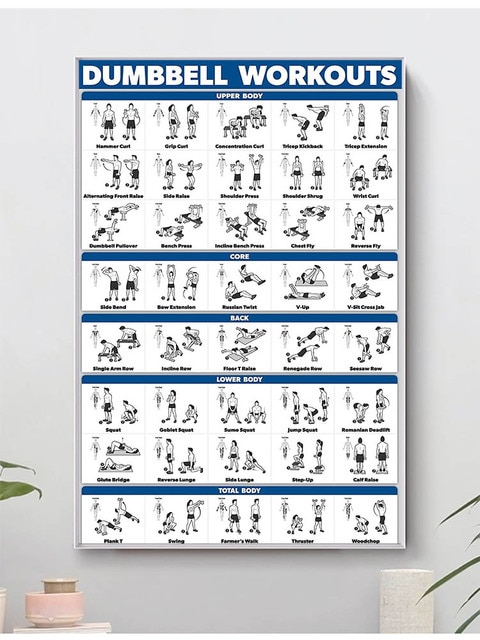
Personal trainers are paid a 50/50 portion of any fees they collect. Personal trainers could make $30 in an hour. The gym keeps the other half. However, it's important to note that the money you make as a personal trainer needs to be taxable. To avoid paying taxes on your income, clients should be notified.
Retirement savings plan 401(k).
For self-employed people, a 401(k), retirement savings plan is an excellent option. While it's less flexible than a Traditional IRA account, this account still has some advantages. It allows the personal trainers to contribute more of their net self-employment income. The money you contribute will increase in tax-deferred value over time. Withdrawals, however, will be subject to income tax.
If a fitness professional makes $50,000 a year, they can contribute 10% of their income to a 401(k) plan. That means that if they teach 35 sessions a week at $28, they could contribute $500 each year to their plan. In ten years they could have $5,500. Since this money would grow tax-free until retirement, they can retire with peace of mind.

Hourly rate
The hourly rate of a personal trainer can vary depending on what type of consultation they provide. Some trainers bill by the minute while others charge by hour. An hourly rate for a consultation typically ranges between $40-50. The type of consultation you offer, your reputation and the number of clients you have will all affect how much you charge per hour. Some trainers can get up to nine consultation calls per day. A consultation call costs $50 each week and you can expect to make $23,400 per year.
It may be advantageous to start out with a lower hourly charge if your first time in the fitness business. While this might not be the ideal rate for a new business, it can give you some experience. Personal trainers usually start at $60 an hour. There are however a few exceptions who earn more than $400 per hour. Before setting an hourly rate, you should decide how much you want your take-home to be each year. A personal trainer typically makes $50,000 annually, but it's possible to make more.
Commissions
The compensation for personal trainers will vary depending on their position. Personal trainers may receive a higher salary for one-on-1 sessions while others may get paid more to teach group fitness classes. Personal trainers may earn a higher commission if they work at a gym to help promote their memberships.
Personal trainers typically make between thirty- and sixty percent of the costs of client sessions depending on how experienced and educated they are. If a personal trainer completes a certain amount of sessions, some gyms may offer incentives. An hourly commission averages between $13 to $20.

Percentage
Personal trainers are paid a percentage of the profits depending on their business. Normally, 20% of the revenue will be used for overhead, such as the salary of a manager and rent or electricity. Marketing expenses, as well as monthly expenses, may also be included. As a spokesperson, you can make a greater percentage of the company's profits.
Taxes
Personal trainers can get paid in two ways. The first way is to sign a contract with a gym. This means that the gym charges a trainer for its services and refers clients. Another option is to work on your own. This is the most flexible and common model. While a gym can hire several different trainers to train clients, it prefers to work with an experienced trainer.
An individual who works at a gym will be paid a higher hourly wage than an independent contractor. Additionally, they might be eligible for a higher level of health insurance copayment than a self employed individual. A 401(k), retirement savings plan may also be available to salaried personal coaches. Your employer will match the amount.
FAQ
Does exercise cause me to lose weight?
Yes. Regular exercise will help you to lose weight by burning extra calories. Exercise also helps keep your metabolism up, so you continue to burn calories even when you aren't exercising.
What is Resistance Training?
Resistance training uses weights or other objects to perform certain movements. Lifting weights will strengthen your arms. Resistance training improves muscle mass, bone density and overall strength.
How can exercise and nutrition help you live a healthier life?
Exercise is good for your health, weight loss, muscle growth, stress reduction, and overall well-being. Nutrition is essential for energy, sleep and mood as well as overall health. If you want to live longer, eat less meat, drink alcohol moderately, avoid smoking, and do regular physical activity.
Can I exercise after eating?
It depends on the type and intensity of your exercise. Avoid strenuous activities after meals because they can cause stomach cramps. Light aerobic activities, such as walking or biking, are better.
Is it possible not to be thin enough?
Yes! Both being underweight or suffering from an eating disorder is unhealthy. It's normal to be a little heavier than you should be. Other symptoms include feeling tired, weak and dizzy.
Do I need to drink alcohol while working out?
You shouldn't consume alcohol while working out because it has calories. Moderate alcohol consumption (one drink per week) can help increase endurance during training. It may reduce fatigue and muscle soreness from intense exercise.
Do I need a warm-up before I go?
Warming up prior to an activity helps reduce muscle soreness. It also improves performance. There are many methods you can use to warm up, including running, jumping rope and stretching. Start slow and slowly increase your pace.
Statistics
- Globally, 81% of adolescents aged 11-17 years were insufficiently physically active in 2016. (who.int)
- An estimated 110,000 deaths per year could be prevented (cdc.gov)
- In high-income countries, 26% of men and 35% of women were insufficiently physically active, as compared to 12% of men and 24% of women in low-income countries. (who.int)
- Globally, 28% of adults aged 18 and over were not active enough in 2016 (men 23% and women 32%). (who.int)
External Links
How To
How to motivate you to exercise regularly
A fitness plan is a set or sequence of exercises that are done regularly for a particular time. It can help people tone and build muscle. Regular physical activity improves cardiovascular health and reduces blood pressure, cholesterol levels, risk of heart disease and stroke, diabetes, depression, anxiety, stress, obesity, osteoporosis, and many other diseases. Regular exercise has psychological benefits as well. It improves self-esteem, self-confidence, mood, energy, sleep quality, social interaction, and self-confidence.
Why should you follow your own fitness plan?
A fitness program is a great way to lose weight, improve health, and stay fit. But why would you want to follow one? Let's discover!
What does it mean, to be a part of a fitness program?
It's about engaging in at least three physical activities per week. It doesn't have to take you hours to exercise; 30 minutes is all it takes to burn calories, keep you fit, and help you stay healthy. It doesn't matter how long you do it for, the most important thing is to stick with your plan. Do not worry if you forget a day. You can just pick up from where you left off the previous time.
How much time should I dedicate to my health and fitness?
The amount of time depends on how busy you are. For moderate exercise, it takes 20-30 minutes. For those who are just getting started with exercise, you might start slow, starting with five to ten minute increments. Once you feel comfortable, increase your duration slowly.